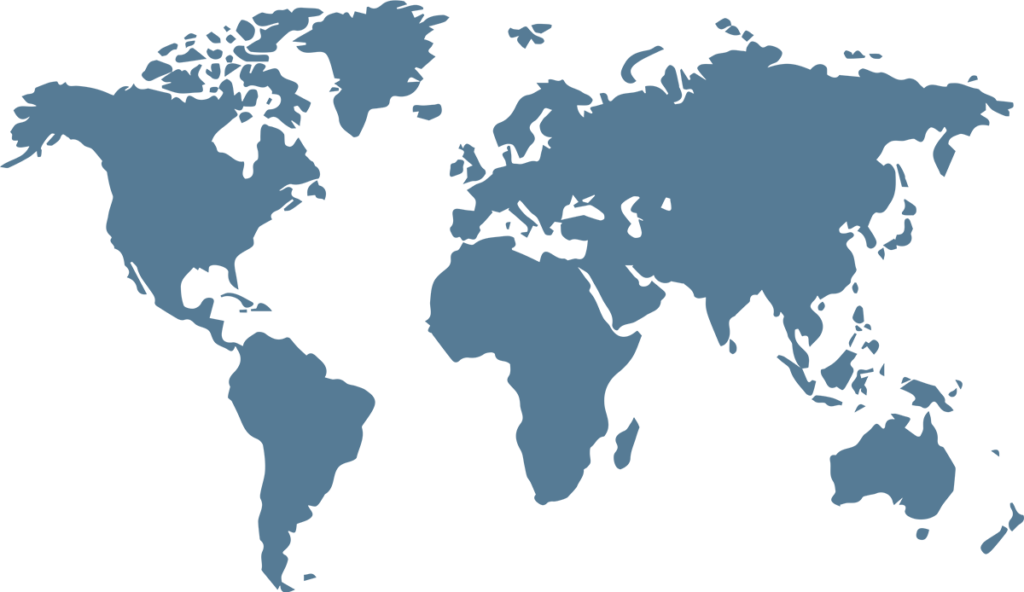When Canada’s parliament praised a Ukrainian war veteran who fought with Nazi Germany, a renewed spotlight was put on a controversial part of Ukraine’s history and its memorialisation in Canada.
Yaroslav Hunka, the Ukrainian veteran who was applauded in parliament this week, served with a Nazi unit called the 14th Waffen Grenadier Division of the SS – also known as the Galicia Division – that was formed in 1943.
His appearance was criticised by Jewish groups and other parliamentarians alike. MP Anthony Rota, who invited him, has since resigned as the Speaker of the House of Commons, saying he deeply regretted the mistake.
But this is not the first time that Ukraine’s role in WWII has sparked a debate in Canada, which is home to the largest Ukrainian diaspora outside of Europe.
Several monuments dedicated to Ukrainian WWII veterans who served in the Galicia Division exist across the country. Jewish groups have long denounced these dedications, arguing soldiers in the Galicia Division swore allegiance to Adolf Hitler, and were either complicit in Nazi Germany’s crimes or had committed crimes themselves.
But for some Ukrainians, these veterans are viewed as freedom fighters, who only fought alongside the Nazis to resist the Soviets in their quest for an independent Ukraine.
A contentious history
The Galicia Division was a part of the Waffen-SS, a Nazi military unit that on the whole was found to have been involved in numerous atrocities, including the massacring of Jewish civilians.
During the war, more than one million Jews in Ukraine were killed, mostly between 1941 and 1942. Most of them were shot to death near their homes by Nazi Germans and their collaborators.
The Galicia Division has been accused of committing war crimes, but its members have never been found guilty in a court of law.
Jewish groups have condemned Canadian monuments to Ukrainian veterans who fought in the Waffen-SS, saying they are “a glorification and celebration of those who actively participated in Holocaust crimes”.
One such monument sits in a private Ukrainian cemetery in Oakville, Ontario, and features the insignia of the Galicia Division. Another was put up by Ukrainian WWII veterans in Edmonton, Alberta.
A third, also in Edmonton, depicts the bust of Roman Shukhevych, a Ukrainian nationalist leader and Nazi collaborator, whose units are accused of massacring Jews and Poles.
Shukhevych’s involvement, however, is a matter of debate and he was not a member of the Galicia Division.
The monuments, which date back to the 1970s and 80s, have all been vandalised in recent years, with the word “Nazi” painted across them in red.
Why is there disagreement on what the monuments stand for?
It goes back to Ukraine’s history in the war, as well as the make-up of Canada’s large Ukrainian diaspora, said David Marples, a professor of eastern European history at the University of Alberta.
During WWII, millions of Ukrainians served in the Soviet Red Army, but thousands of others fought on the German side under the Galicia Division.
Those who fought with Germany believed it would grant them an independent state free from Soviet rule, Prof Marples said.
At the time, Ukrainians resented the Soviets for their role in the Great Ukrainian Famine of 1932-33, also known as Holodomor, which killed an estimated five million Ukrainians.
Far-right ideologies were also gaining traction in most European countries in the 1930s – including the UK – and Ukraine was no exception, said Prof Marples.
Following the defeat of Germany, some of the Galicia Division soldiers were allowed entry to Canada after surrendering to the Allied forces – a move that was resisted by Jewish groups at the time.
Some Canadians of Ukrainian descent view these soldiers and the broader Galicia Division as “national heroes” who fought for the country’s independence.
They also argue that their collaboration with Nazi Germany was short-lived, and that they, including Shukhevych, had eventually fought both the Soviets and the Germans for a free Ukraine.
But the Jewish community views this differently.
“The bottom line is that this unit, the 14th SS unit, were Nazis,” B’nai Brith Canada leader Michael Mostyn told the BBC.
Canada has reckoned with this history in the past through a commission in 1985, which was tasked with investigating allegations that Canada had become a haven for Nazi war criminals.
A report released by the commission the following year concluded that there is no evidence tying Ukrainians who fought with Nazi Germany to specific war crimes.
And the “mere membership in the Galicia Division is insufficient to justify prosecution,” the report added.
The report’s findings have since been contested by Jewish groups and some historians.
Source : BBC


